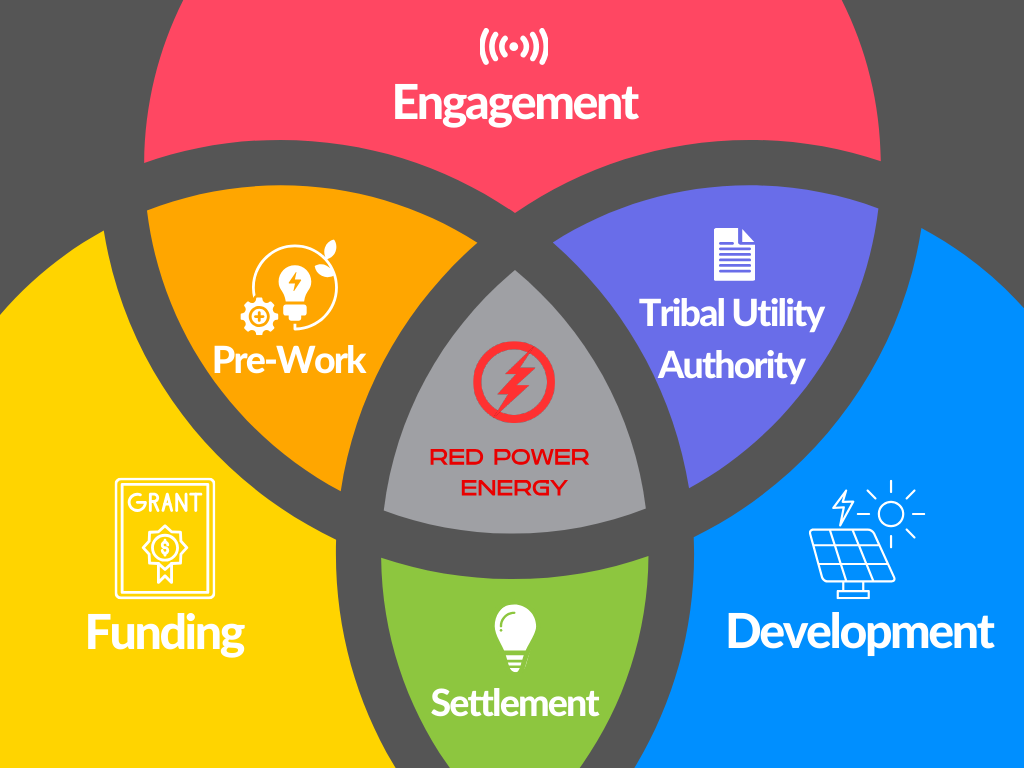Hopi TribeHopisinom |
|---|
 A Hopi girl with a conventional Hopi squash blossom hairstyle, woven wearing blanket, jewelry, and an olla. |
|
| 19,338 (2010) |
|
| United States (Arizona) |
|
| Hopi, English |
|
| Christianity, Native American Church, Hopi religion |
|
| Pueblo peoples, Uto-Aztecan peoples |
| People | Hopi |
|---|
| Language | Hopilàvayi,
Hand Talk |
|---|
| Country | Hopitutskwa |
|---|
The Hopi are Native Americans who primarily breathing in northeastern Arizona. The majority are enrolled in the Hopi Tribe of Arizona and live upon the Hopi Reservation in northeastern Arizona; however, some Hopi people are enrolled in the Colorado River Indian Tribes of the Colorado River Indian Reservation at the be next-door to of Arizona and California.
The 2010 U.S. census states that roughly 19,338 US citizens self-identify as instinctive Hopi.
The Hopi language belongs to the Uto-Aztecan language family.
The primary meaning of the word Hopi is “behaving one, one who is mannered, civilized, peaceable, polite, who adheres to the Hopi Way.” Some sources contrast this to additional warring tribes that subsist on plunder. Hopi is a concept intensely rooted in the culture’s religion, spirituality, and its view of morality and ethics. To be Hopi is to vacillate toward this concept, which involves a let in of total reverence for whatever things, peace later these things, and energy in accordance later the instructions of Maasaw, the Creator or Caretaker of Earth. The Hopi observe their religious ceremonies for the benefit of altogether world.
Hopi organize themselves into matrilineal clans. Children are born into the clan of their mother. Clans extend across everything villages. Children are named by the women of the father’s clan. After the child is introduced to the Sun, the women of the paternal clan gather, and post the child in great compliment of the father’s clan. Children can be given higher than 40 names. The village members rule the common name. Current practice is to use a non-Hopi or English state or the parent’s chosen Hopi name. A person may also tweak the name on initiation to time-honored religious societies, or a major excitement event.
The Hopi comprehend their home to be sacred and understand their role as caretakers of the home that they inherited from their ancestors. Agriculture is significant to their lifeways and economy. Precontact architecture reflects in front Hopi work and perceptions of house and family. Many Hopi homes portion traits of next to Pueblo tribes. Early communal structures, especially Pueblo Great Houses, include thriving rooms, storage rooms, and religious sanctuaries, called kivas. Each of these rooms allowed for specific activities.
The Hopi encountered Spaniards in the 16th century, and are historically referred to as Pueblo people, because they lived in villages (pueblos in the Spanish language). The Hopi are thought to be descended from the Ancestral Pueblo people (Hopi: Hisatsinom), who constructed large apartment-house complexes and had an advocate culture that spanned the present-day Four Corners region of the United States, comprising southeastern Utah, northeastern Arizona, northwestern New Mexico, and southwestern Colorado. It is thought that Hopi people in flames from those
Ancestral Puebloan settlements along the Mogollon Rim of northern Arizona.
Hopi villages are now located atop mesas in northern Arizona. The Hopi originally settled close the foot of the mesas but in the middle of the 17th century moved to the mesa tops for sponsorship from the Utes, Apaches, and Spanish.
On December 16, 1882, President Chester A. Arthur passed an direction order creating an Indian reservation for the Hopi. It was smaller than the surrounding estate that was annexed by the Navajo Reservation, which is the largest reservation in the country.
As of 2005 the Hopi Reservation is very surrounded by the much larger Navajo Reservation. As the consequences of home disputes from 1940 to 1970 or earlier, the two nations used to allocation the organization designated Navajo–Hopi Joint Use Area, but this continued to be a source of conflict. The partition of this area, commonly known as huge Mountain, by Acts of Congress in 1974 and 1996, but as of 2008 has along with resulted in long-term controversy.
On October 24, 1936, the Hopi Tribe ratified its constitution, creating a unicameral running where anything powers are vested in a Tribal Council. The powers of the handing out branch (chairman and vice chairman) and judicial branch, are limited. The traditional powers and authority of the Hopi Villages were preserved in the 1936 Constitution.

























